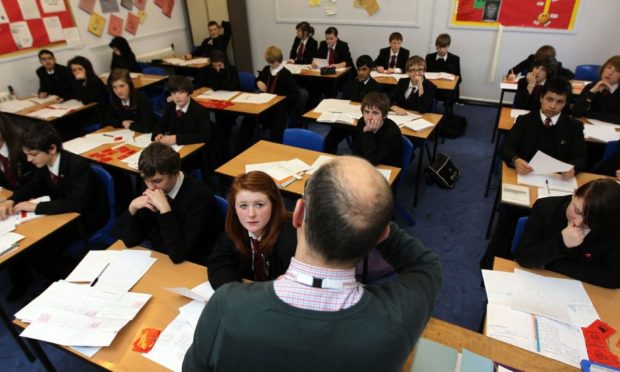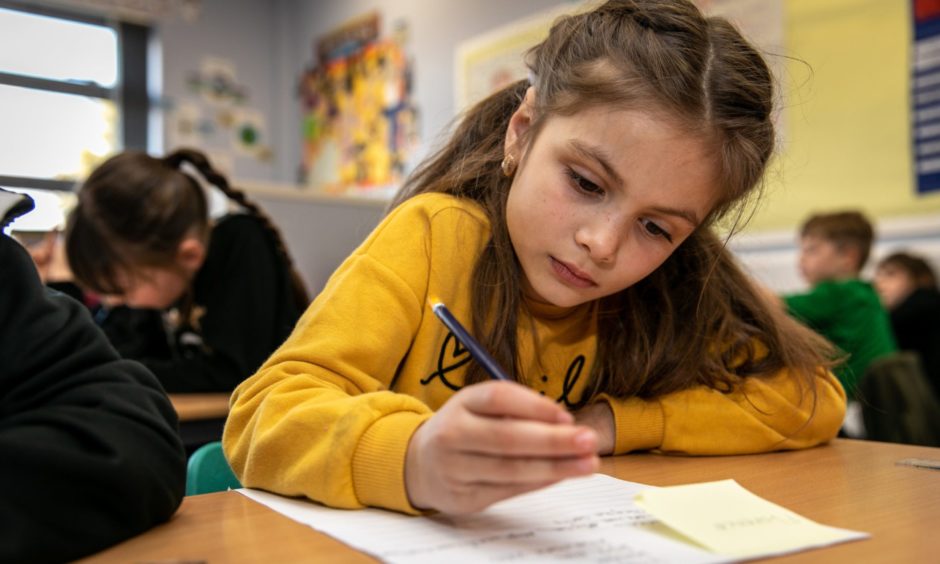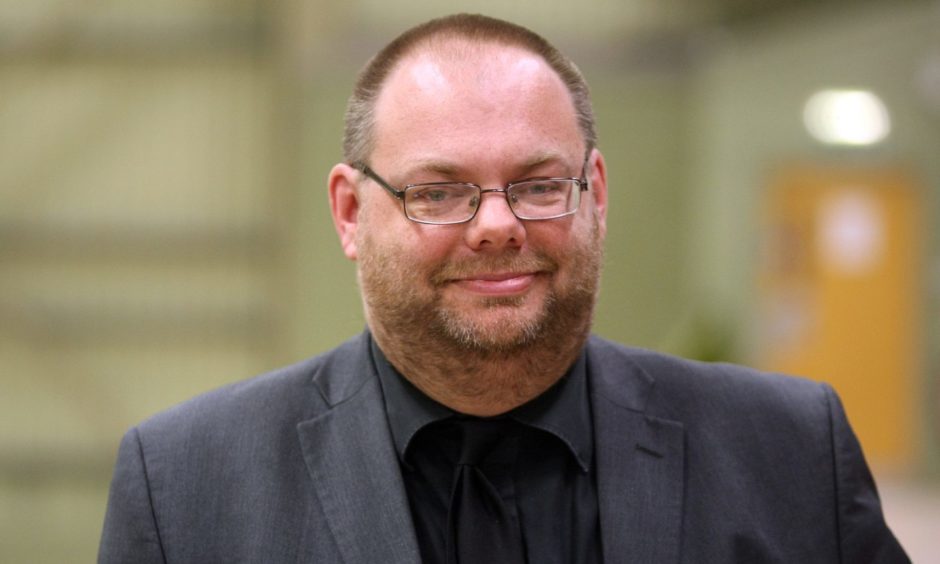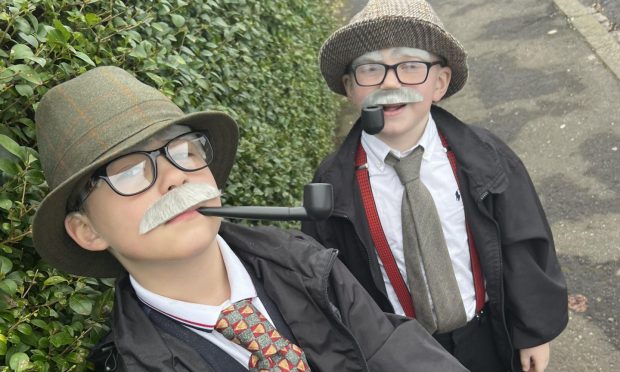An independent report has shown progress in closing the attainment gap between the poorest and wealthiest children in Dundee.
The Education Scotland report, which is due to go before councillors next week, looks at the how the Scottish Attainment Challenge (SAC) has been implemented in the city since its launch.
The programme was launched in February 2015 to assist in achieving the Scottish Government’s vision of delivering “excellence and equity” in education.
Dundee was deemed one of nine challenge authorities and Dundee City Council (DCC) has since received £39.978 million from various funding streams to tackle the issue.
This includes the pupil equity fund (PEF) and the care experienced children and young people fund.
Data from the Scottish Index of Multiple Deprivation (2020), indicates that 37% of people in Dundee live in areas among the 20% most deprived in Scotland (quintile one).
Figures also show that just 65% of adults are in work and in seven of eight electoral wards in the city, over one quarter of children live in poverty.
What does the report say?
Key to Dundee’s attainment challenge is early intervention which, the reports says, includes a “programme of intensive, targeted work to support early acquisition of literacy and numeracy skills in early years.”
These approaches have also supported wellbeing and increased engagement, and are having a significant impact on groups of vulnerable young people affected by poverty, it says.
This “significant impact” is resulting in attainment levels of Dundee’s most disadvantaged pupils increasing by more than 10%.
The report reads: “Attainment of learners living in areas of most deprivation has increased by 13% since 2015/16.
“The number of P1, 4, and 7 children achieving the expected level has risen by 14% since 2015-16, with a 15% increase in the achievement of learners living in areas of highest deprivation.
“In S3 quintile 1, there has been a 5% increase in learners achieving level 3 (National 3) or better since 2015/16. Performance is higher than national averages in 2018/19.”
School leavers improvements
The report also noted an increase in the number of school leavers entering a “positive destination”.
The Scottish Government classes this as higher education, further education, employment, training, personal skills development or voluntary work.
In 2019, 94.3% of Dundee school leavers were engaged in one of the above categories. This was up 2.8% since 2015/16.
The report also detailed that between 2014-15 and 2018-19, combined literacy and numeracy qualifications of school leavers increased by 2% at National 4 level.
It also increased by 8% at National 5 level and remained in line at Higher.
Attendance figures and exclusion reductions
In 2o14, exclusion rates in Dundee were almost three times the national average.
However, since the introduction of the SAC , the city has seen a “significant” reduction in the number of exclusions from its schools.
The Education Scotland report highlights that by 2018/19 exclusions in primary schools had fallen below the national average.
Over the same period, exclusions in secondary schools were also reduced – however they still remained above national levels.
Figures show there were 48.5 exclusions per 1,000 pupils compared to 39.6 nationally.
But perhaps most importantly, figures show that exclusions of learners in quintile one have been reducing at a faster rate.
Figures show how pupils in poorest and wealthiest areas were graded for this year’s exams
Exclusions of care experienced children and young people have also “reduced significantly”.
The report also highlights that in 2018/19, quintile one attendance in Dundee primary schools was 0.2% higher than the national rate.
It should noted, however, that in secondary schools between 2016/17 and 2018/19, attendance of learners in quintile one decreased by 0.8% while national rates decreased by 0.4%.
Closing the gap a ‘long term’ challenge
The Education Scotland report comes after it was revealed Dundee has the lowest percentage of school leavers in Scotland achieving one award or more at National 5 level.
In the 2018/19 academic year, 78.8% of school leavers in the city left with one or more award at National 5 level or higher.
This was down 1.3% compared to the 2013/14 academic year and, alongside the Clackmannanshire region, the joint lowest in the country.
The figures came in a report by the Auditor General for Scotland and the Accounts Commission which also described “limited” progress nationwide in closing the poverty-related attainment gap.
But Councillor Stewart Hunter, convener of the children and family services committee at DCC, said successes in closing the attainment gap would be seen in years to come.
He said: “When we started the attainment challenge, we said it had to be long term.
“If you’re basing [progress] on exam results, you are not going to see that for another three or four years yet.
“You have to do it from the youngest age and build from there and clearly it will take time to see the results of some of the things we are doing.
“That’s why the primary school stats are really important to me because it shows we are getting that right.”
Mr Hunter also reassured parents that older pupils are not being forgotten about and pointed to a general improvement in attainment over a sustained period.
He said: “There is a long term vision here but I also want to reassure people that we are not forgetting about those kids who are in school now.
“If you look over the last five to 10 years, exam results by and large have improved, as well as attainment levels.
“Covid is going to have an impact but we probably won’t know what that is for a while.
“We’re still fairly confident we are heading in the right direction but we recognise that after the last year we have had to things a bit differently.”
More than £3 million of funding for deprived Dundee pupils has not been spent












